First Aid for Heatstroke and Hypothermia
Heatstroke
The most serious of the heat-related syndromes, heatstroke can be brought on by exercise or work in a hot environment, coupled with inadequate fluid intake.
Young children, older adults, obese people, and people born with an impaired ability to sweat are at high risk of heatstroke. Additional risk factors include alcohol use, cardiovascular disease, and certain medications.
In heatstroke, the body’s standard mechanisms for cooling itself, such as sweating, are lost.
Signs and Symptoms of Heatstroke
The signs and symptoms of heatstroke include:
- A temperature of more than 104 F (40 C)
- Cessation of sweating
- Irritability, confusion or unconsciousness
- Feeling dizzy or lightheaded
- A headache
- Nausea
- Fainting (may be the first sign in older adults)
- Hot, dry or moist skin
- Rapid heartbeat
- Rapid and shallow breathing
- Elevated or lowered blood pressure
First Aid Treatment for Heatstroke
- Heatstroke is potentially life-threatening, call for emergency medical help immediately.
- Move the victim out of the sun and into a shady or air-conditioned location.
- Cool the person rapidly by spraying them with cool water, or by covering them with damp sheets or towels, then fan them.
- If they are able, have the victim drink cool water.
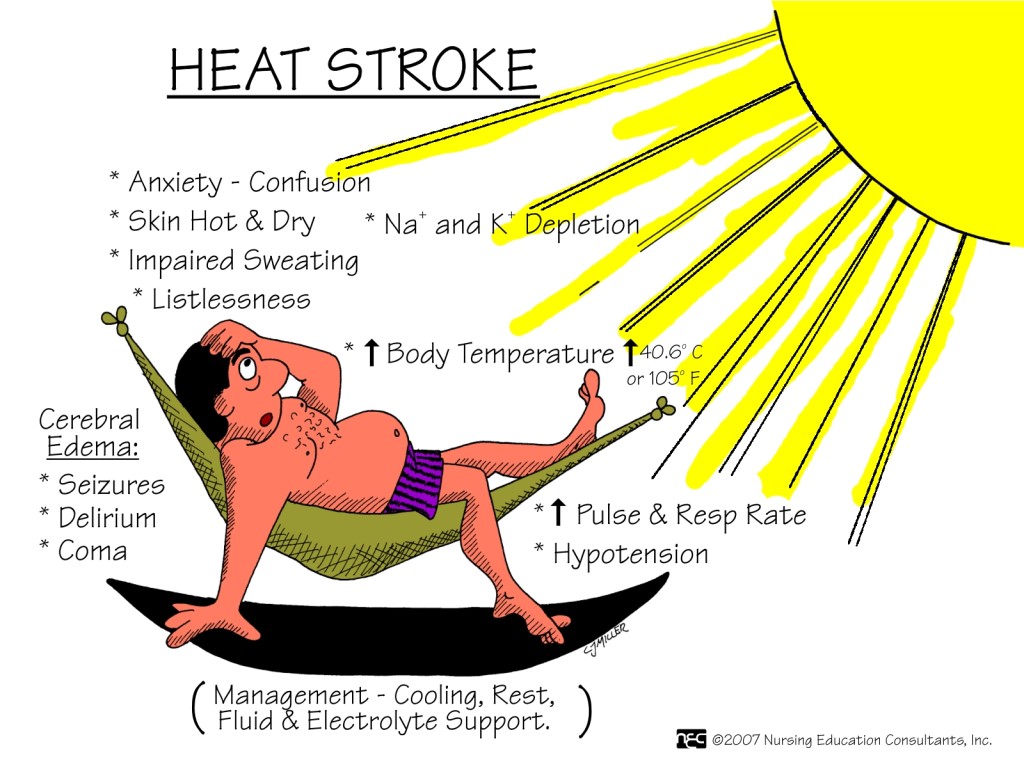
Hypothermia
When the body loses more heat than it can generate, hypothermia occurs.
It is usually the result of being exposed to cold temperatures or a cool, damp environment for a prolonged period, wearing wet or inadequate clothing, or falling into cold water. Even having an uncovered head during cold weather can cause hypothermia.
Signs and Symptoms of Hypothermia
Symptoms of hypothermia usually develop slowly, so a victim may be unaware that they need emergency medical treatment. O
Older adults, infants, young children and people who are very lean are at most risk, and others whose judgment may be impaired by mental illness, Alzheimer’s disease or intoxication, the homeless, and stranded motorists are also at risk. Other risk factors include malnutrition, cardiovascular disease and an under-active thyroid (hypothyroidism).
Hypothermia is an internal body temperature of less than 95 F (35 C), and its symptoms include:
- Shivering
- Slurred speech
- Abnormally slow breathing
- Cold, pale skin
- Loss of coordination
- Fatigue, lethargy or apathy
- Confusion or memory loss
First Aid Treatment for Hypothermia
- Call for emergency medical help and monitor the victim’s breathing. If normal regular breathing stops begin CPR immediately.
- If possible, move the person out of the cold; if not possible, protect them
from the wind, cover their head, and insulate their body from the cold ground. - Remove wet clothing and replace with a warm, dry covering.
- Don’t apply direct heat, or use hot water, a heating pad or a heating lamp to warm the victim. Instead, apply warm compresses to the victim’s neck, chest wall, and groin.
- Do not warm the victim’s arms and legs, this will force cold blood back toward the victim’s heart, lungs and brain, causing their core body temperature to drop, which can be fatal.
- Never give alcohol, offer warm, nonalcoholic drinks, unless the person is vomiting.
- Do not rub or massage the person; gentle handling is required because they are at risk of cardiac arrest.
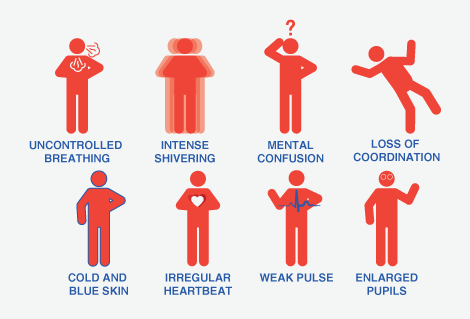

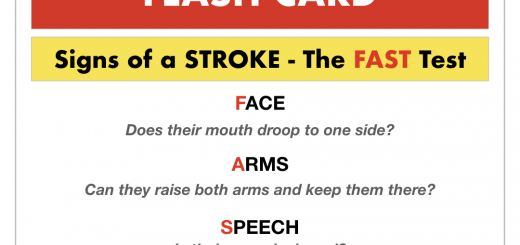
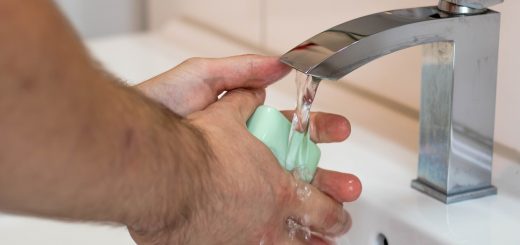
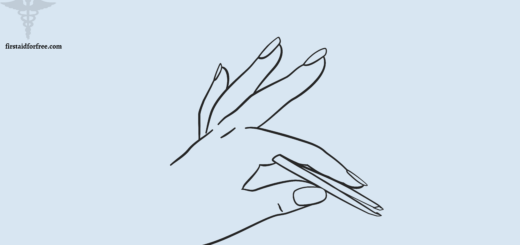


First aid training is very very important for every one to learn because it’s the needful today .every organization should have at least have 4 to 10 first aid provider and at ever regional area also thanks 👍